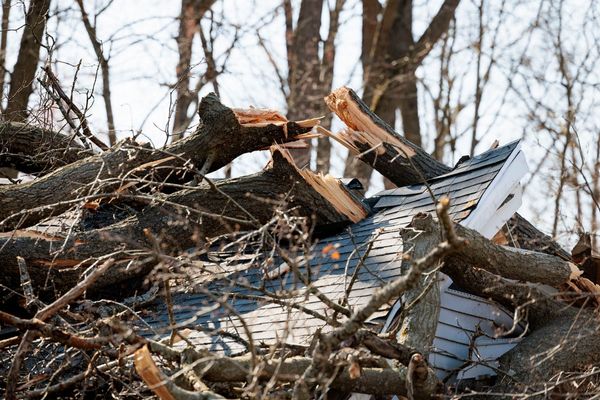EXPLAINED
The story so far: After Russia invaded Ukraine on February 24, the U.S. imposed sanctions on Russia including a ban on transfer of technology and on Russian banks. Following this, on March 3, the Russian space agency Roscosmos tweeted the following, “The State Corporation will not co-operate with Germany on joint experiments in the Russian segment of the International Space Station. Roscosmos will conduct them independently. The Russian space programme against the backdrop of sanctions will be adjusted, the priority will be creation of satellites in the interests of defence. Roscosmos will not service the remaining 24 R-180 engines in the United States, and stop supplying the R-181. “
According to a Reuters report, this was followed by a statement from the head of the Russian Space Agency — Roscosmos — Dmitry Rogozin on Telegram, where he demanded the lift of the sanctions, some of which predate Russia’s invasion of Ukraine. He said that the sanctions could disrupt the functioning of the Russian spacecraft that serviced the International Space Station. This could lead to the Russian segment of the ISS, which helps in correcting the orbit of the ISS being affected. He said that this meant the ISS could fall into the sea or on the land. He further said that the Russian segment ensures that the space station’s orbit is corrected to keep it away from space debris, roughly 11 times a year. He pointed out, publishing a map, that the ISS would likely crash down on some country, but most probably not Russia itself.
What is Russia’s role in maintaining the ISS?
The ISS is built with the co-operation of scientists from five international space agencies — NASA of the U.S., Roscosmos of Russia, JAXA of Japan, Canadian Space Agency and the European Space Agency. Each agency has a role to play and a share in the upkeep of the ISS. Both in terms of expense and effort, it is not a feat that a single country can support. Russia’s part in the collaboration is the module responsible for making course corrections to the orbit of the ISS. They also ferry astronauts to the ISS from the Earth and back. Until SpaceX’s dragon spacecraft came into the picture the Russian spacecrafts were the only way of reaching the ISS and returning.
Why does the orbit of the ISS need to be corrected?
Due to its enormous weight and the ensuing drag, the ISS tends to sink from its orbit at a height of about 250 miles above the Earth. It has to be pushed up to its original line of motion every now and then. This is rather routine, even for smaller satellites, says Dr. Mylswamy Annadurai, former director of ISRO and presently Vice President of Tamil Nadu State Council for Science and Technology.
Approximately once a month this effort has to be made. It is not necessarily a regular operation, and may be missed once and compensated for later.
The other reason for altering the path of the ISS is to avoid its collision with space debris, which can damage the station.
These manoeuvres need to be done as and when the debris is encountered.
What is the extent of effort and expense involved in this?
Manoeuvering the ISS is expensive. In a year, 7-8 tonnes of fuel may need to be spent, with each manoeuvre costing nearly a tonne of fuel. If a manoeuvre is put off for later, the ISS may sink a little more and the delayed operation would cost more as a larger correction needs to be made.
If Russia should back out of the effort, are there spacecrafts that can substitute?
There are right now two possibilities. SpaceX’s dragon module and Boeing’s Starliner can dock with the ISS. Starliner also has the capacity to carry, say, ten tonnes of fuel.
What is the likelihood of Russia backing out?
Though there have been previous occasions when conflicts have risen between Russia and the U.S., the operation of the ISS has not been interrupted. Dr. Annadurai points out that there are two missions planned for March 18, and one astronaut is already there on site. The mission means to take up two Russians and an American astronaut, and the preparatory work is in progress. On March 30, it is planned that the mission will return an American astronaut to Earth from the ISS. These seem to be going on as per plan.
“Going by the scientists’ mindset and that such a significant global effort must not go down the drain, my feeling is that scientists from both sides will work together and that this effort will not be in vain,” says Dr. Annadurai.
Is it true that Russia does not have the risk of the ISS crashing down on their country?
The orbit of the ISS does not fly over the Russian territory mostly. Places that are closer to the equator run a greater risk of it falling in their domain. The orbit is at about 50 degrees and so most probably, the ISS will fall in that level. But this is only a probability, as it can move or disintegrate. But in case of this eventuality, people in the ISS will be brought back, modules can be detached thereby making it much smaller which will ensure that it disintegrates before touching the earth.







